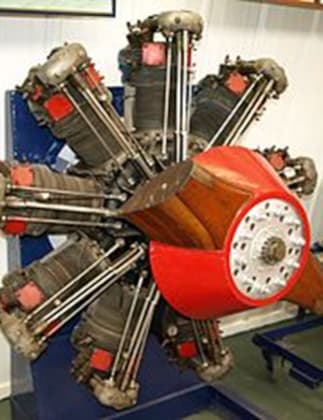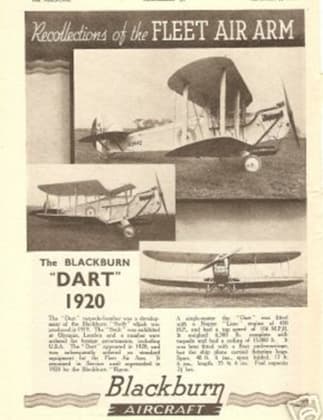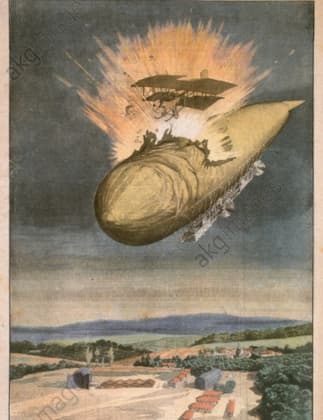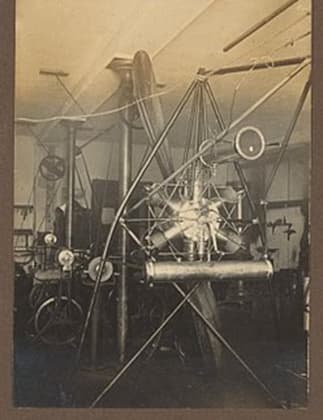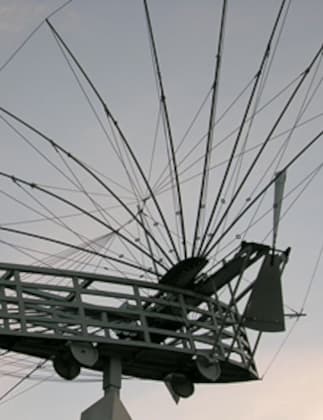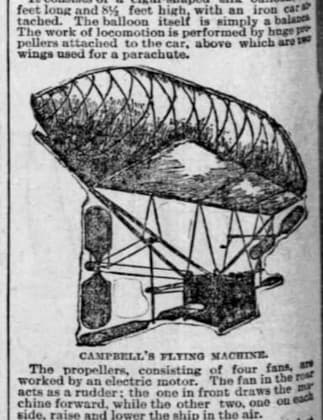Heavier Than Air Flight 1922 Moving Forward
1922 continued the uptick in new aircraft design, and construction. Better fighters and bombers were in demand for colonial wars, while seaplanes lined up for innovative aircraft carriers launching from ship yards.
Several innovative fast racing aircraft kept the bar above 200 mph. While passenger aircraft, large and small continued to tempt the new taste for passenger flight.
The overall trend showed the industry had shrugged off the anything-goes culture of World War 1. Military, civilian and private customers were more...
Heavier Than Air Flight 1921 Moving Forward
Aircraft manufacture ticked up in 1921. However, this time the focus was more on military aircraft required for local conflicts, and maintaining self-defense capability.
The United States military developed an interest in winning competitions, and broke the 200-mph barrier. Japan entered the arena as it manufactured its own airplanes for aircraft carriers.
Civilian air transport continued to test its wings by developing local routes, although it focussed on small aircraft while dirigibles did the heavy lifting.
JANUARY 1921
British aircraft carrier HMS Argus...
Heavier Than Air Flight 1920 A Time for Consolidation
1920 was a year for consolidation, after rapid progress in World War 1. Hostilities had taken fixed wing aircraft to new heights and top speeds. Civilians were attracted to their potential for carrying passengers and freight on a commercial basis when hostilities ended.
However the supply of war surplus airplanes dampened demand for new models. But the military were restless because they wanted to retain air superiority in their domains.
Aircraft manufacturers were on the back foot, because they had to...
Heavier Than Air Flight 1919 New Beginnings
The world breathed easier as peace began to return to the sky. Millions of young people returned home with new life skills, keen to resume their lives over again.
There was a huge surplus of aircraft and pilots. These came together to create a world where they could fly almost as free as birds, and establish new records of personal endurance.
Air passenger and freight services began to pick up, taking advantage of an oversupply of aircraft, and wartime aviators thirsting...
Heavier Than Air Flight 1918 Culmination of the Struggle
1918 was a year of consolidation in military aircraft design, to the virtual exclusion of any civilian purpose. There was no lack of innovation on the part of aircraft manufacturers vying for their slice of the cake.
However, many designs failed to make it to these pages, because they were either flawed, overtaken by others, or victims of the Armistice that paused the conflict for 21 years.
First Person Clambers Aboard a Flying Aircraft (January 1918)
On a day in January 1918,...
Heavier Than Air Flight 1915 to 1917
1915
Fixed wing aircraft evolved steadily from experimental to a greater degree of certainty. The quality of innovation and designs improved, although it still remained an appendage to the main war effort. Notable events included marine-air partnerships, synchronised weapons, faster fighters and more effective bombers.
U12 German Submarine Plays Seaplane Ferry (January 1915)
German Submarine U12 was a conventional attack submarine, laid down in 1912. However in early 1916 the admiralty decided to lash a Friedrichshafen FF.29 seaplane to her deck, and...
Heavier Than Air Flight 1911 to 1914
The tempo of the drums increased, warning of a ‘war-to-end-all-wars’ that would fail to do so. The role of fixed wing aircraft in military operations was still evolving, but every wing of every army wanted a squadron. Being able to take off from the deep blue ocean seemed to offer a distinct advantage
1911
Eugene Ely Proves It Is Possible to Return to a Ship (January 1911)
Eugene Ely had taken off from a U.S. Navy ship in 1910, but only just...
Heavier Than Air Flight 1906 – 1910
Traian Vuia Makes First Flight on a Tractor Airplane (March, 1906)
Traian Vuia, also called Trajan Vuia was a Romanian inventor and aviation pioneer who built the world’s first tractor monoplane. This meant it had the engine mounted behind the propeller so it pulled the aircraft through the air. As opposed to pushing it with an airscrew positioned behind the motor.
Traian Vuia, also called Trajan Vuia was a Romanian inventor and aviation pioneer who built the world’s first tractor monoplane....
First Manned, Controlled Heavier-Than-Air Flights Through to 1905
Heavier than air flight took off in longer bounds as the 20th century emerged. Progress was all around, and no more so than in the air, as gliders, balloons, blimps, and fixed wing aircraft competed for headlines in the media.
Of course we know, with the wisdom of hindsight airplanes would conquer. But how did this happen? Let us review the major developments together, before the First World War’s all-consuming fury took over the path of development.
Gustave Whitehead: First Claimed...
AIRSHIPS 1884 TO 1914 The Challenge Continues in Dirigibles
The Challenge of Light Air Flight Continues in Dirigibles
An airship also commonly referred to as a dirigible differs from a balloon because it can be navigated in a chosen direction. In fact the name says it all because it derives from the Latin word ‘dingere’ meaning to direct.
Airships rise into their air because they are lighter than the atmosphere. They achieve this because their ‘stretched’ balloon contains a lighter-than-air lifting gas. This may be in a single volume or...



